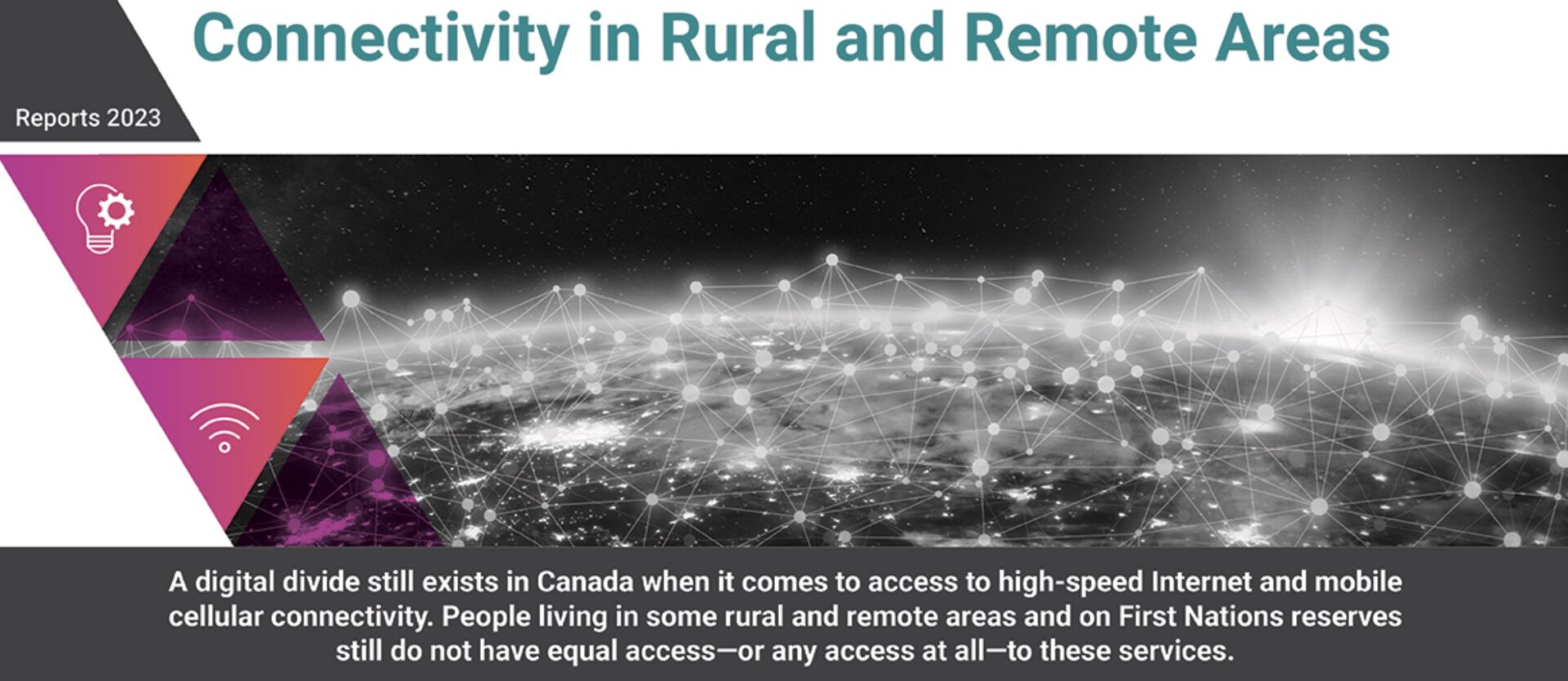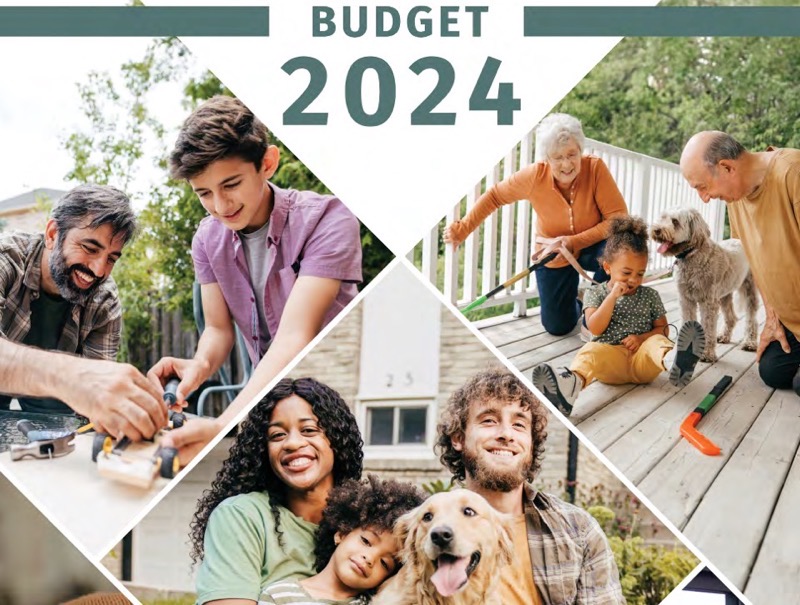
Auditor General Exposes Canada’s Digital Divide for Rural and Indigenous Communities
The Auditor General’s report on Connectivity in Rural and Remote Areas in Canada has highlighted the severe digital divide between urban and remote communities.
The audit scrutinized programs run by Innovation, Science and Economic Development (ISED) and the Canadian Radio-television and Telecommunications Commission (CRTC) to determine their effectiveness in improving accessibility, affordability, and quality of high-speed internet and mobile cellular connectivity for Canadians in rural and remote areas.
Unfortunately, the report revealed that not only is connectivity severely lacking in these areas, but crucial factors like the cost of services are not even being adequately measured by ISED or the CRTC. Additionally, the government’s National Broadband Internet Service Availability Map, which identifies who qualifies for funding, was found to be both outdated and inaccurate.
“Today’s report quantifies the reality that rural, remote, and Indigenous people in Canada have long experienced: their communities are being left behind in terms of connectivity. Affordable, high-quality internet connectivity remains a privilege exclusive to urban areas,” said OpenMedia Executive Director Laura Tribe in an issued statement.
“For many, decent service is unattainable, and when it is available, it’s often prohibitively expensive, particularly in remote regions where there are limited provider options and a heavy reliance on costly satellite technologies,” added Tribe.
The report highlights the inequality in access to the internet and mobile services among Canadians. As of 2021, only 42.9% of households on First Nations reserves and 59.5% of households in rural and remote areas had access to minimum connection speeds. This stark disparity emphasizes the digital divide that continues to persist between urban and remote communities in the country.
A significant issue identified in the report is that neither ISED nor the CRTC measure affordability, which is a critical barrier to connectivity and access. This lack of measurement prevents the organizations from effectively addressing the affordability concerns facing rural and Indigenous communities, further widening the digital divide.
The report also indicates that, as of January 2023, only 39.5% of available connectivity funding had been distributed, amounting to $949 million out of the $2.4 billion available. This slow disbursement of funds raises concerns about the efficiency and effectiveness of the government programs designed to improve connectivity in underserved areas.
Lastly, the government’s National Broadband Internet Service Availability Map was found to be outdated and inaccurate in some cases. This not only misrepresents the true state of connectivity in rural and remote communities, but also impacts funding decisions and potentially leaves households or communities without coverage.


